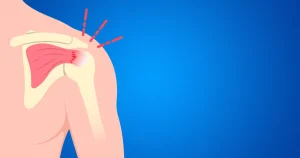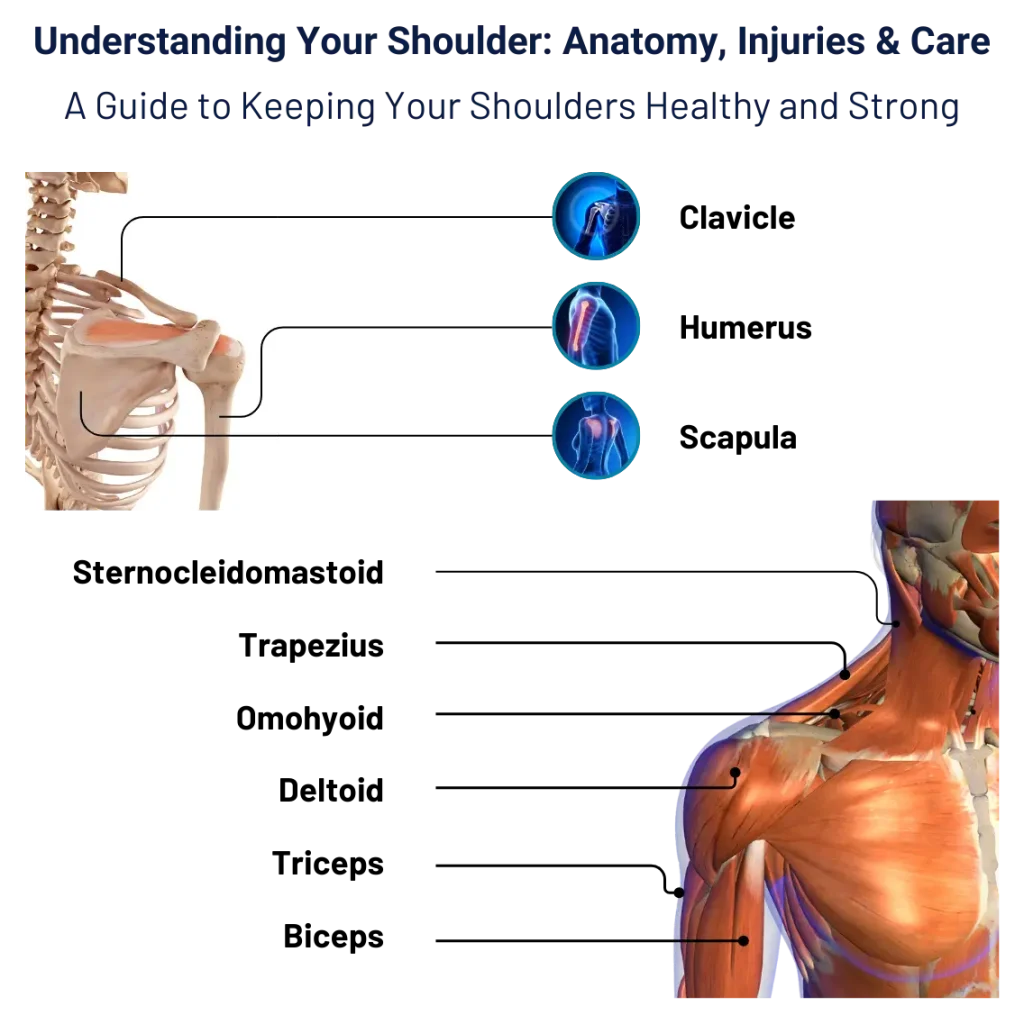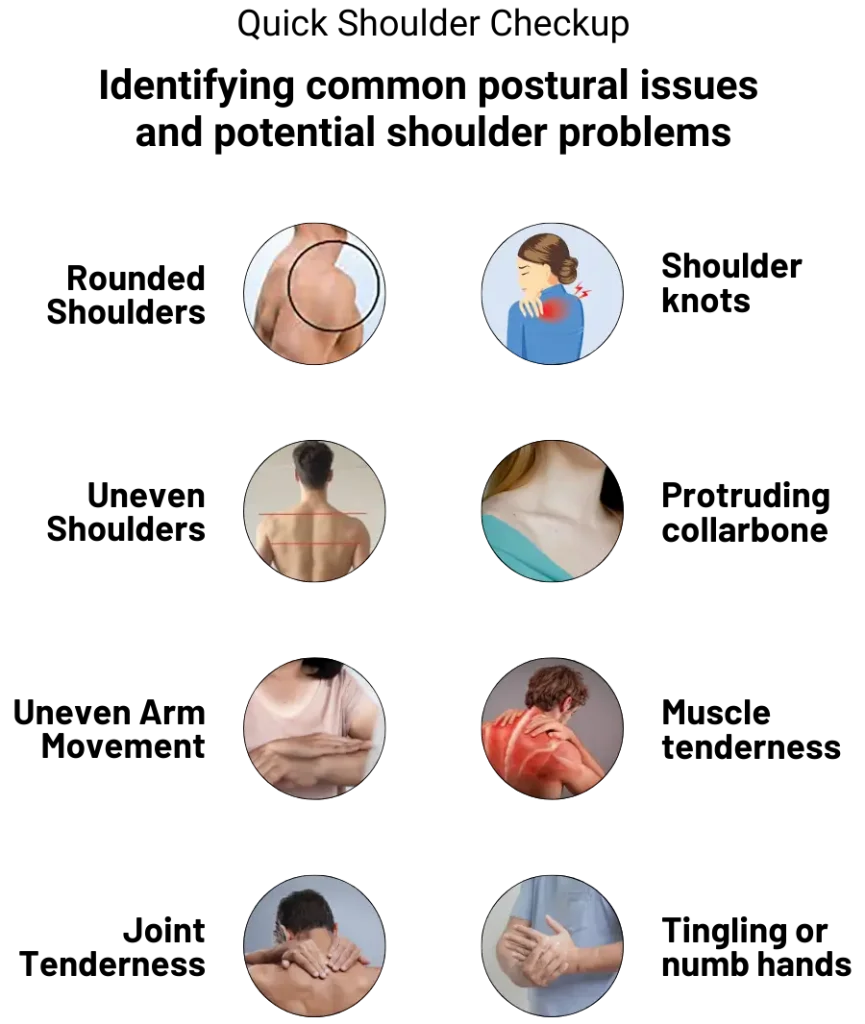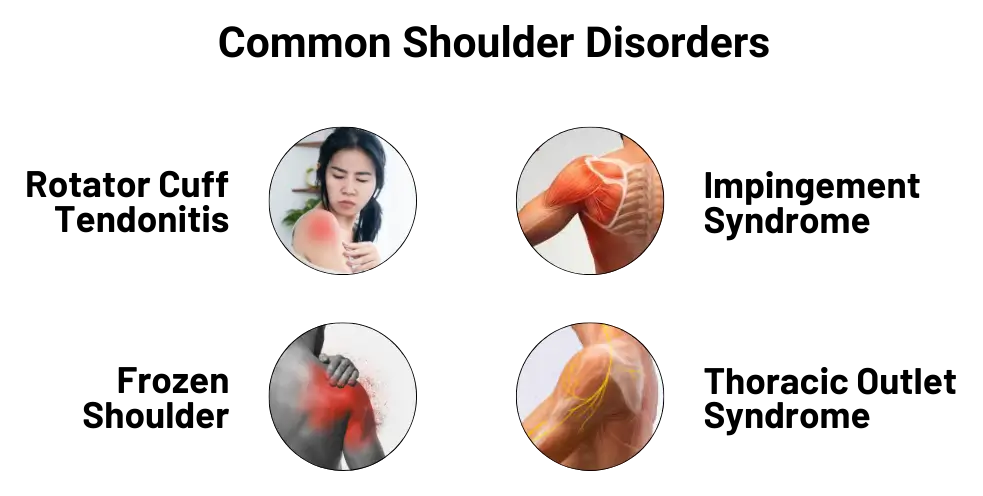
Understanding Your Shoulder
Athletes require smooth, flawless shoulder articulation.
YOUR SHOULDER is your most mobile extremity and one of your most vulnerable. All athletes require smooth and flawless shoulder articulation to excel at their sport. Having been a big wave surfer and triathlete, I, out of necessity, became a shoulder specialist.
Anatomy of Shoulder
The shoulder comprises 3 bones: scapula or shoulder blade, clavicle or collarbone, and humerus or arm bone. The shoulder rests on top of and slides over a portion of the rib cage, and there are 5 joints in the shoulder.
Amazingly, eighteen muscles are responsible for shoulder motion and stabilization, each with a specific function. These muscles attach to and operate the arm: latissimus dorsi, biceps, triceps, coracobrachialis, supraspinatus, pectoralis major, teres minor, teres major, subscapularis, infraspinatus, and deltoid muscles.
The 7 shoulder stabilizers are trapezius, rhomboids major and minor, levator scapula, pectoralis minor, serratus anterior, and subclavius.
Every muscle does at least two things: stretch across a joint and articulate or move the bone opposite the joint. Muscle imbalances of any 11+ 7 muscles pull the shoulder toward the direction of tension, causing postural imbalance and joint misalignment.
Shoulder problems may be localized, occur over a wide area, or refer to the arms, hands, and neck. These problems all have one thing in common: shoulder and rib misalignment. All muscles, tendons, ligaments, and nerves depend on proper joint alignment, without which dysfunction and pain are inevitable. The rule to remember is “structure dictates function.” Poor posture, repetitive use, and trauma are the most common causes of shoulder joint misalignment.

Quick at Home Shoulder Exam
- Rounded shoulders? Overdevelopment of pectoralis muscles or underdevelopment of the traps and rhomboids.
- One shoulder higher than the other? Overactive trapezius and weakly inhibited latissimus dorsi.
- Large tight knots on top of your shoulders? Misalignment of the first rib pushing upward.
- Does one collarbone protrude? Possible clavicle misalignment, decreasing shoulder mechanics, and early fatigue in overhead lifting and throwing situations.
- Does one arm stretch or move as well as the other? Possible muscular adhesions are a gluing of muscle fibers together.
- Areas of tenderness in the muscle? It may signify localized muscle spasms called trigger points.
- Areas of tenderness in the joint? It may signal tendonitis.
- Hands tingle or go numb? Cardinal signs of nerve impingement.

Common Shoulder Disorders
1. Rotator Cuff Tendonitis
Your rotator muscles help you throw the ball or swing the bat. Tendonitis of one or several of the S.I.T.S. muscles’ (supraspinatus, infraspinatus, teres minor, and subscapularis) tendons are caused by trauma or overuse with poor body mechanics.
2. Frozen Shoulder
It is a long-standing myofascial tissue adhesion due to injury.
3. Impingement Syndrome
A joint jamming of tendons and bursa inside the shoulder joint was exacerbated by overhead work.
4. Thoracic Outlet Syndrome
Numbness or tingling of the arm due to nerve impingement secondary to rib and clavicle misalignments.

Shoulder Misalignments and Knots
Your whole shoulder rests upon and articulates with your rib cage. Chances are you have both rib and spinal misalignments. Who doesn’t have large goose egg muscular knots on their shoulders? These knots are caused by a misalignment of the first rib pushing upward into muscle.
When these ribs are adjusted, the muscular tension magically disappears. Ribs come in 12 pairs, and any of them can become misaligned. Your collar bone acts as a shoulder stabilizer, much as an outrigger on a canoe.
The arm forms a joint with the shoulder blade or scapula, which must slide freely over the rib cage, but yours probably does not.
Why? As forces are loaded through the arms into the shoulders, adherence of the scapula to the rib cage takes place unless this joint has been stretched religiously. At the very least, this means decreased function and range of motion, the “I can’t put my arm behind my back like I used to” scenario.
M&M Strength Training
The key to healthy, functioning shoulders is manipulation, mobilization, and strength training. Adjust your joints, stretch your tight muscles, and regularly build your weak muscles.
The triceps, latissimus, pectoralis major, subscapularis, and serratus anterior are weak in most people. A knowledgeable physical trainer will spot most weaknesses and put you on a shoulder-specific strengthening program.
Remember to balance every pushing resistance exercise with a pulling exercise. A knowledgeable yoga instructor can show you how to stretch tight muscles, creating an excellent opening and broadening of the shoulders. Iyengar Yoga instructors are well-trained for this.
Regular chiropractic care keeps your joints moving smoothly and postpones early degenerative arthritis. Adjustments preserve muscle tone by reducing localized spasms and restoring proper nerve function.
You better appreciate the complexity of your shoulders and give them the care and attention they deserve.

Are You Ready to Take the First Step Towards Better Shoulder Health?
Schedule an appointment with Dr. Craig today for a comprehensive assessment and personalized treatment plan.
Get AppointmentThe Final Words
The shoulder is a complex and vulnerable joint that requires proper care and attention to maintain optimal function and prevent injury. Understanding the anatomy, common shoulder problems, and the importance of correct alignment, strength training, and regular chiropractic care can help individuals keep their shoulders healthy and perform at their best. By addressing any misalignments, imbalances, or weaknesses, individuals can improve their shoulder mobility, stability, and overall shoulder health.
Categories
Tags
Recent Blogs




Leave A Comment